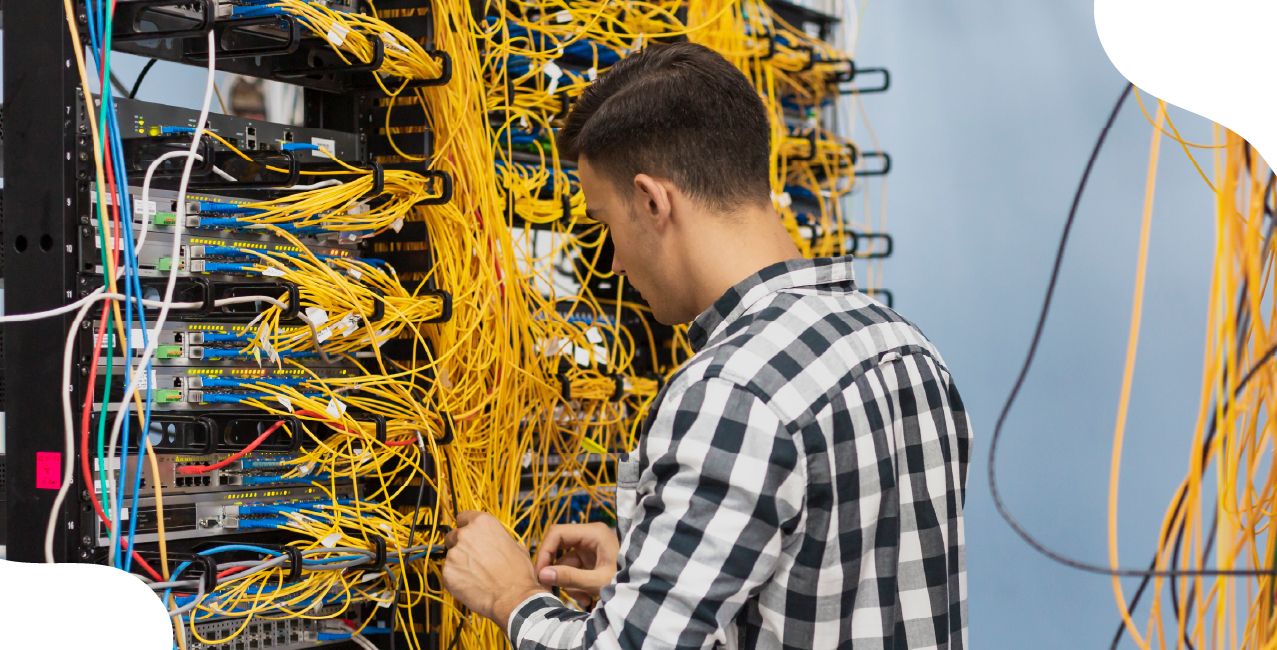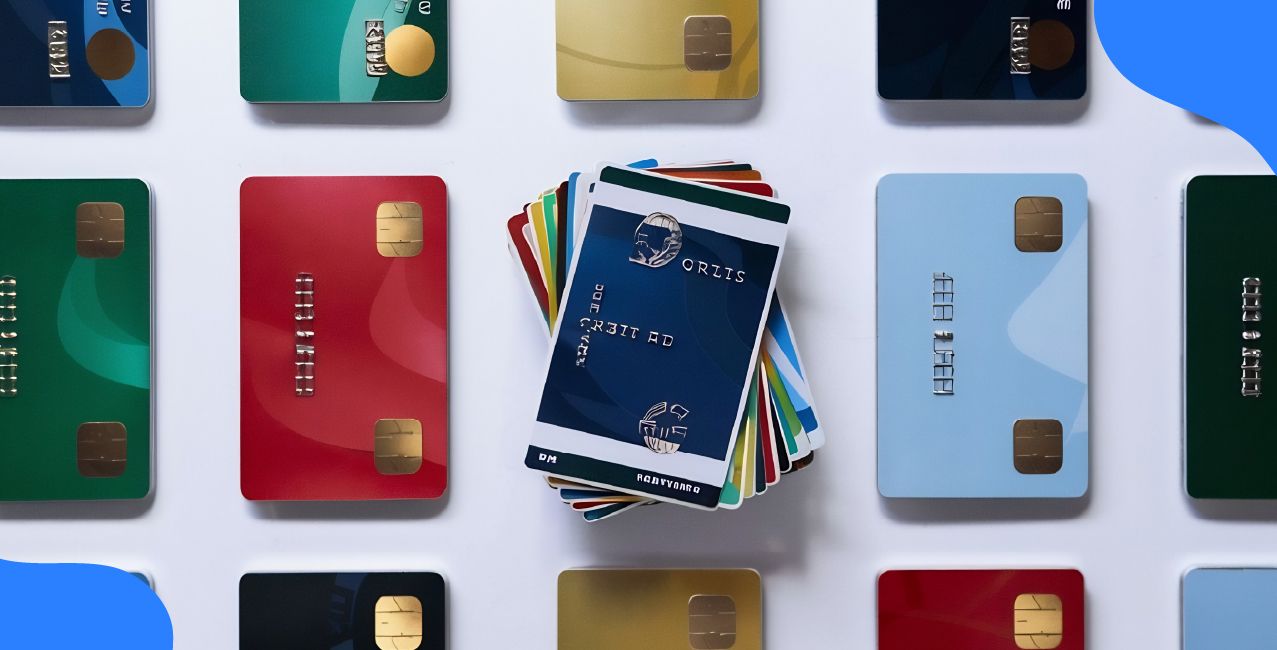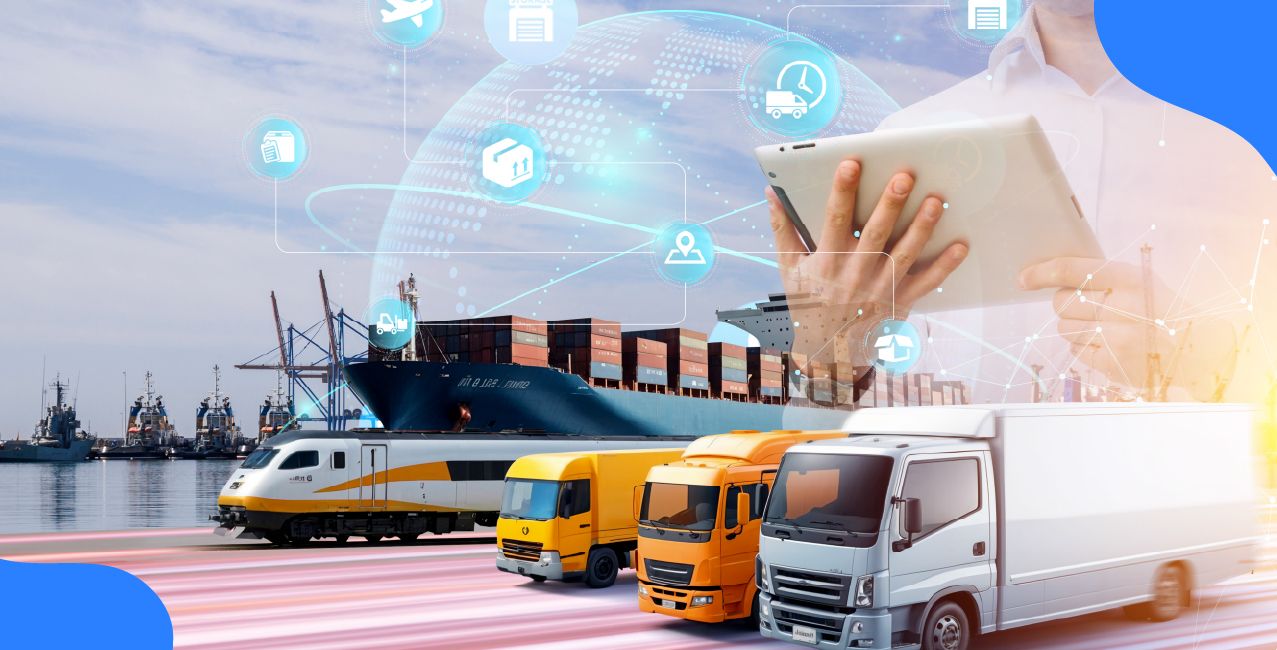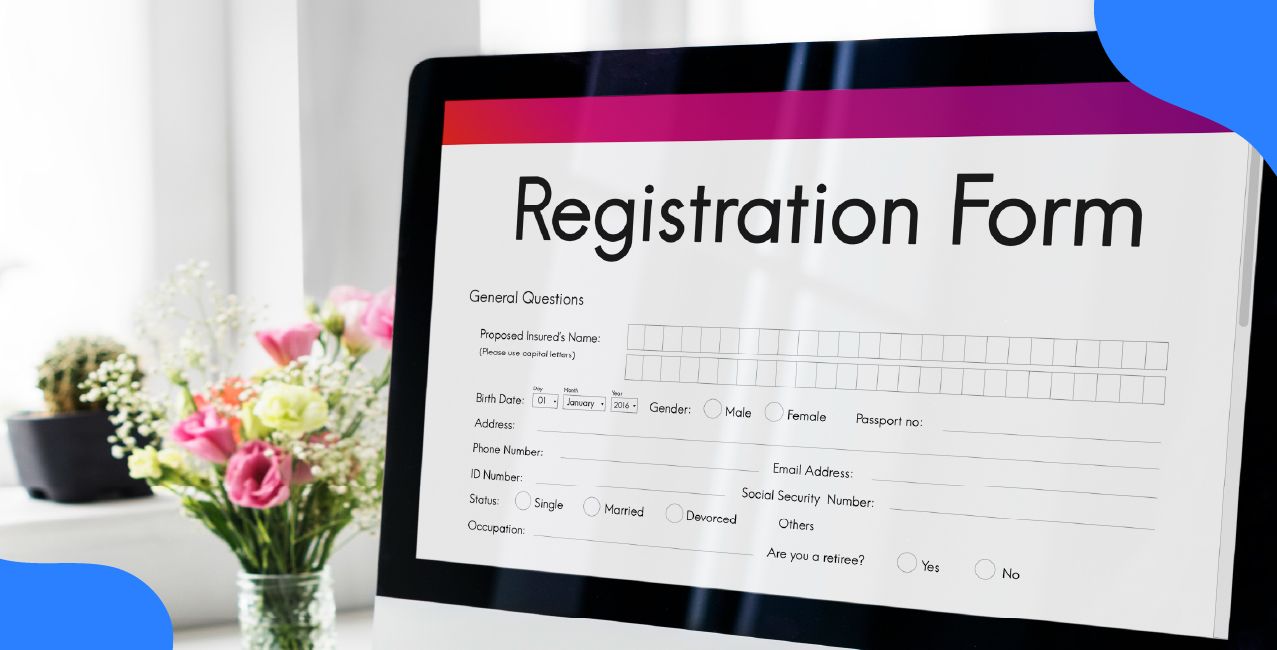
Author
LoansJagat Team
Read Time
5 Min
26 Sep 2025
GST on Internet Services – Updated Guide with Rates & Impact
Key Takeaways:
- 18% GST applies to all internet services, but only businesses using proper plans can reclaim it.
- Input Tax Credit is not allowed for personal or prepaid recharges; only valid GST bills allow a refund.
- The Reverse Charge Mechanism applies to global digital services; businesses must self-pay GST and file it in GSTR-3B.
- Mistakes in invoicing or plan type can lead to loss of credit or even penalties from tax departments.
Bonus Point: If businesses use free public Wi-Fi, they cannot claim GST credit, even if the internet is used for official work.
GST on Internet Services is an 18% tax applied on broadband, data plans, and leased lines under India’s digital telecom services sector.
Let’s understand it with the help of an example:
Let’s say Anjali is a freelance designer in Pune who pays ₹1,500 for internet access every month. With 18% GST, her total bill becomes ₹1,770. In one year, she pays ₹3,240 as GST. But because it’s a personal plan, she can’t get this money back. If she used a business plan, she could’ve saved it.
In this blog, we’ll explain GST on the internet, who it affects, and how businesses can save money.
Understanding GST on Internet Services is important for both personal and business users. While the tax rate remains the same (18%), the benefits differ.
Let’s look at the main types of internet services and see how GST affects each one, depending on how you use them.
- Home broadband connections are taxed at 18%, and the GST amount is included in the monthly bill. These users cannot claim any tax benefit.
- Business broadband plans also attract 18% GST, but companies can claim the amount as Input Tax Credit (ITC) when filing GST returns.
- Leased line services, mostly used by fintech firms and startups, also carry 18% GST. These are fully creditable under business GST rules.
- Prepaid mobile data recharges include GST in the final price, but since most users are not GST-registered, the tax becomes non-refundable.
So, even though the GST rate remains the same, only businesses with GSTINs can benefit through tax recovery.
Read More - What is GST Composition Scheme?
Internet GST Rates and Structure
The GST on internet services varies depending on the type of plan and customer. While the tax rate is fixed at 18%, the ability to claim input credit depends on the user’s registration status.
The table below compares the tax amounts and benefits for different types of internet users under the GST rules.
GST Breakdown for Various GST on Internet Services
This table highlights how choosing a GST-compliant business internet plan can lead to reclaimable tax, reducing overall yearly expenses.
Impact on Startups and Freelancers:
GST on Internet Services has a clear financial impact on India’s growing startup and freelancer ecosystem. Since many of these users rely on fast internet for client work, the ability to claim GST as Input Tax Credit (ITC) becomes a big deal.
Let’s understand how GST on Internet Services affects freelancers and digital startups across India, with relatable examples.
- Startups like FinSage Technologies in Bengaluru use leased internet lines costing ₹8,000 monthly. They pay ₹1,440 as GST but recover this through ITC. Over 12 months, they save ₹17,280 via GST return filings.
- Renu, a content writer in Jaipur, works from home and pays ₹1,200 per month for broadband. Her GST cost is ₹216 monthly, but she can’t claim it back as she uses a personal plan. She loses ₹2,592 yearly in non-creditable tax.
- Small fintech app developers, who subscribe to cloud-based tools (e.g., Firebase, Zoom), often ignore the Reverse Charge Mechanism (RCM). Failing to pay and declare GST on such services can lead to penalties.
By using the correct plan and keeping documentation in place, freelancers and startups can reduce internet-related tax burden significantly.
Learn More - What is Input Tax Credit?
Rules for Billing, Invoicing & Input Tax Credit
If you are using the internet for business and want to claim GST input, there are certain rules you must follow while receiving your bill.
This table explains the conditions your invoice must meet for you to successfully claim GST input credit on internet services.
Billing Rules and GST Eligibility for Internet Services
Only invoices that follow these rules will allow a business to legally claim input credit and reduce its GST liability.
Conclusion:
GST on Internet Services is not just an extra tax; it can help businesses save money if used the right way. Personal users can’t claim this tax back, but GST-registered businesses can. By using a business plan, keeping the right invoices, and following simple rules, even freelancers and startups can save big. A few smart changes can make a big difference.
FAQs:
1. Do freelancers need to follow the Reverse Charge rules under GST on Internet Services?
Yes, if they use foreign-based SaaS tools, freelancers must self-pay 18% GST and file it under the Reverse Charge Mechanism.
2. Is GST applicable to Jio Fibre broadband services?
Yes, Jio Fibre and all broadband services are taxed at 18% with no exemptions.
3. What is the place of supply for telecommunication services?
For postpaid, it's the billing address; for prepaid, it's where payment or voucher sale happens.
4. What is internet tax payment?
It allows taxpayers to pay taxes online via net banking of authorised banks without any extra transaction charges.
About the Author

LoansJagat Team
‘Simplify Finance for Everyone.’ This is the common goal of our team, as we try to explain any topic with relatable examples. From personal to business finance, managing EMIs to becoming debt-free, we do extensive research on each and every parameter, so you don’t have to. Scroll up and have a look at what 15+ years of experience in the BFSI sector looks like.

Quick Apply Loan
Subscribe Now


